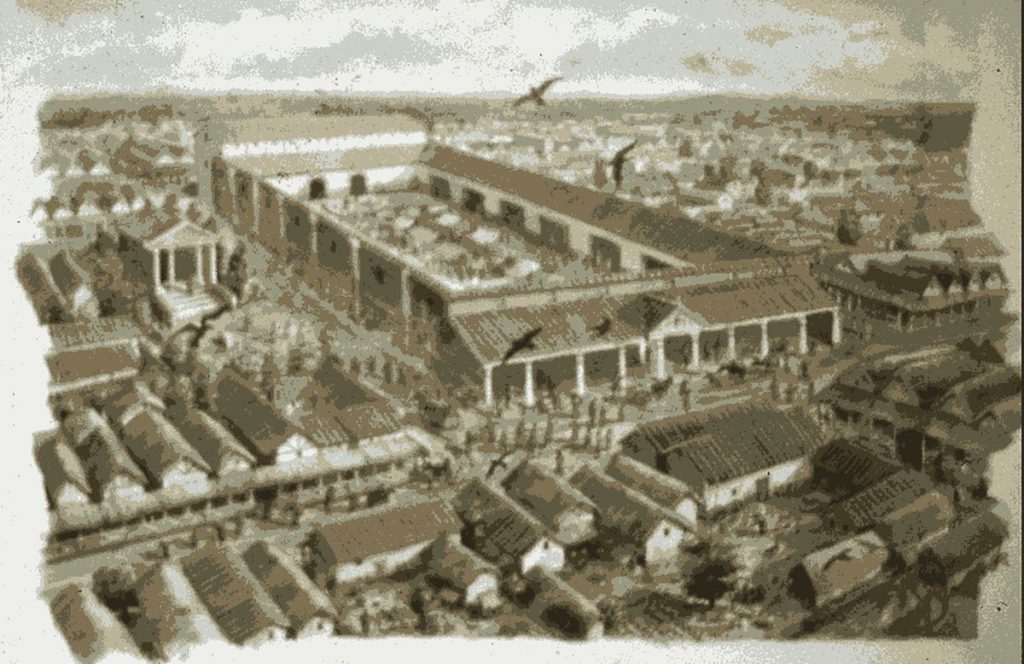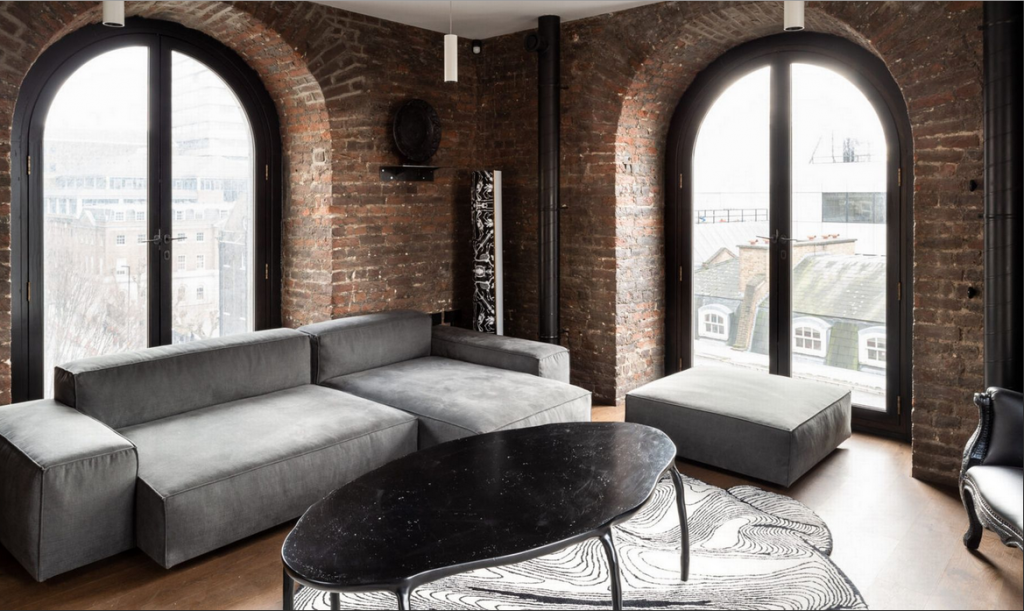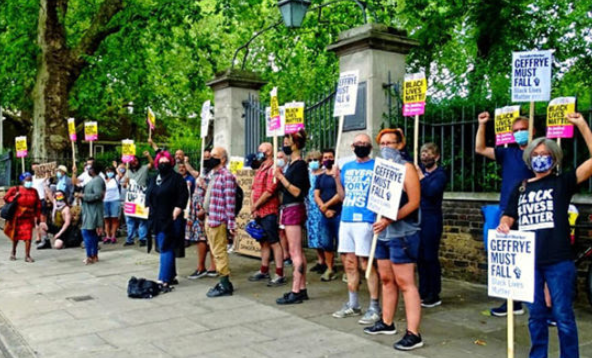GUIDED WALKS
ARCHAEOLOGY OF LONDON WALK – A TALE OF FOUR CITIES
Every Thursday at 2.30pm Exit 2 Bank Underground Station – Click here for details
FLOWER OF CITIES ALL – THE CITY OF LONDON FROM CHAUCER TO SHAKESPEARE
Every Thursday at 6.30pm Exit 2 Bank Underground Station Click here for details
VIRTUAL WALKS
RING IN THE NEW YEAR WALK
Friday 1st January 7pm Click here for details
Myths, Legends And The Origins Of London Virtual Walk
Sunday 3rd January 2021 6.30pm – Click here for details
All walks are with the brilliant London Walks – Click here for more details




